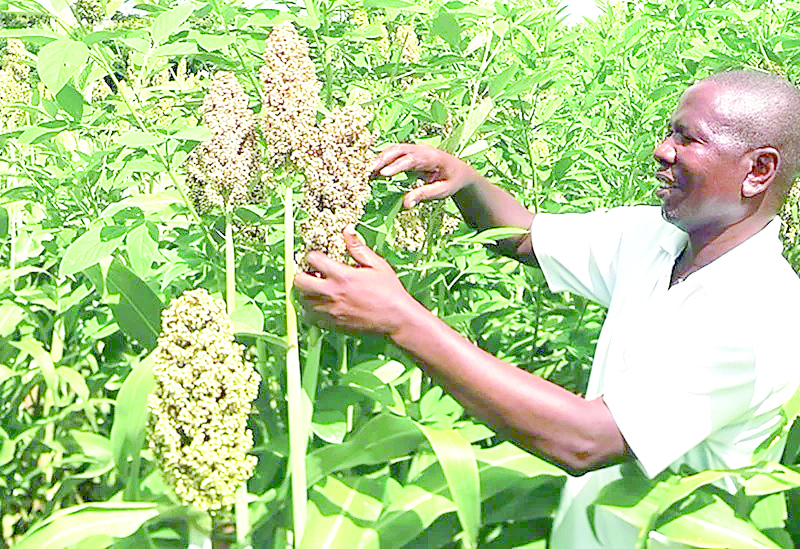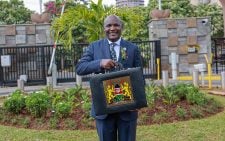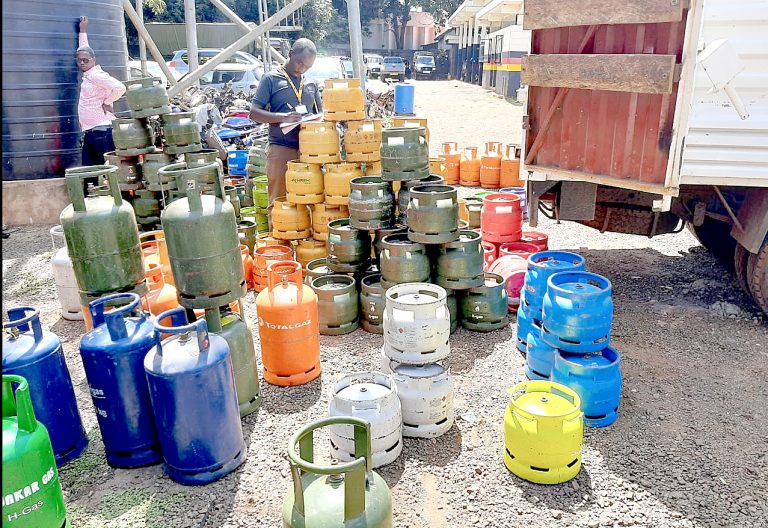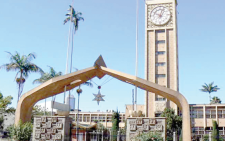How conservation agriculture can lift growers out of poverty

Sustainable agricultural production and food systems management have become critical issues for researchers, policymakers and smallholder farmers in Africa.
Concerns over sustainable production and smallholder livelihoods have in recent years been compounded by climate change and rising food insecurity in the continent.
Smallholder farmers across rural landscapes remain trapped in a vicious cycle of endemic poverty where interconnected challenges limit their ability to improve their livelihoods, which makes the need to transform food systems to address their plight even more urgent.
This, despite smallholder farmers playing an essential role in food supply chains where over 70 per cent of global food requirements are generated by small-scale producers.
The only way to help smallholder farmers overcome the poverty trap, increase their wealth and improve their livelihoods is through practical, sustainable practices, such as conservation agriculture. Experts have pointed out the crucial role of smallholder farmers in the country’s predominantly agricultural economy.
Agriculture is key to Kenya’s economy. The sector contributes to 26 per cent of the GDP and another 27 per cent of GDP indirectly through linkages with other sectors. The agricultural sector employs more than 40 per cent of the total population, mostly women and youth, and more than 70 per cent of Kenya’s rural people.
Agriculture accounts for 65 per cent of the export earnings and provides livelihood in the way of employment, income and the food security needs for more than 80 per cent of the Kenyan population.
Smallholder farmers in developing countries play an essential role in food supply chains, where over 70 per cent of global food requirements are generated by small-scale producers. However, they remain overwhelmed by endemic poverty, often living on less than US$2 per day. It is puzzling that these major contributors receive so little value for their efforts. Their entrenchment in poverty poses a risk to their own subsistence while directly -or indirectly- supporting the subsistence of others. This trend is common across Sub-Saharan Africa, including Kenya.
Unique perspective
While poverty, poverty traps and the factors influencing them are well- studied by researchers and arguably controversial topic, with multiple causes, effects, and solutions have been offered across a wide variety of disciplines, there is still room for further research into their origins. Across these studies, conservation agriculture has emerged as an important method of resource-saving crop production with the potential to consistently achieve high yields.
Various studies offer a unique perspective by focusing on input supply chain components and processes as the unit of analysis. This enables novel insights into the nature of the endemic poverty trap facing smallholders and how the risks to their subsistence are perpetuated and reinforced in problematic supply chain interactions.
One research in Tanzania aimed to develop a deep understanding of the current environment experienced by smallholders rather than testing an a priori hypothesis. Over the intensive one-month period it was conducted through a qualitative grounded theory study of the agricultural crop input supply chain of Meru District, Tanzania. The area is a setting that is likely typical of conditions in a broader range of regions and countries where smallholder populations encounter similar challenges, thus offering the possibility for broader application of the findings.
The case study aimed to address two research questions: How does the organisation of smallholder rural agro-input supply chains contribute to the poverty trap for smallholder farmers?
How might the challenges experienced by smallholders be overcome to promote sustainable rural livelihoods?
A “poverty trap” is defined as a self-reinforcing situation where those affected by poverty are unable to escape; in essence, poverty begets poverty which can be brought on by a variety of macro and micro stressors.
Poverty traps are problematic in that they lock smallholders into their current position where opportunities to improve on-farm productivity necessary for growth, increased revenue, and investment into more sustainable technologies, inputs, and practices may not be readily available or accessible.
In fact, the United Nations had identified ending poverty as the first of 17 Sustainable Development Goals (SDGs) and as crucial to sustainable development, with their second goal (Zero Hunger) being, in part, oriented towards promoting sustainable agriculture.
Notwithstanding research that explores the diverse aspects of poverty traps, market dynamics and associated smallholder participation, and the existing body of literature regarding inputs, we see a need for more in-depth investigation into supply chain dynamics with a particular focus on the challenges that are still restricting smallholders from accessing improved inputs, how this contributes to the poverty trap, and how these challenges may be overcome.
Valuable link
This aligns with the premise presented by Gordon Conway and Robert Chambers where they note the importance of an integrated and holistic approach to the discussion of sustainable rural livelihoods with capability, equity, and sustainability as core concepts given the complexities associated with rural development.
Using supply chains as the basis to conduct analysis on the poorest socio-economic demographics, particularly within rural communities in developing countries, can offer a valuable link between two very different research streams and promote sustainable and practical solution spaces for the various stakeholders involved.
When characterising the smallholder agricultural environment within a supply chain nexus as being a feedback system comprised of an input component (material, equipment and resources required to produce agricultural outputs) and an output component (market), we note that many scholars have placed emphasis above all on the challenges smallholders experience in relation to their market-related activities as one cause of endemic poverty, explaining how poverty traps may be generated and propelled.
In the Tanzania study, they instead focus on the activities associated with the smallholder agro-input supply chain, which plays as significant a role within the system as the market in terms of its contributory effects on smallholder poverty, even before market considerations come into play. However, smallholder farmer input supply chains and their effects on the poverty trap, have not received the attention they deserve in the literature.
Sustainable action
Our system-based approach offers two main contributions. First, we examine the rural agro-input supply chain itself, providing insight into the experience of smallholders and allowing us to present an original conceptual framework in the form of a causal loop diagram reflecting the complexity of their challenges.
Second, we suggest areas where targeted and collective action could be taken –for example, by governments, nongovernment organisations (NGOs) and industry- to improve the lives of smallholders over the long term.
Following the literature review and description of our methods, we present a detailed review of supply chain participants and then progressively develop of our causal loop model of the input supply chain poverty trap drawing on our data. Finally, we describe ongoing efforts to address the challenges and opportunities for sustainable action suggested by our analysis.














